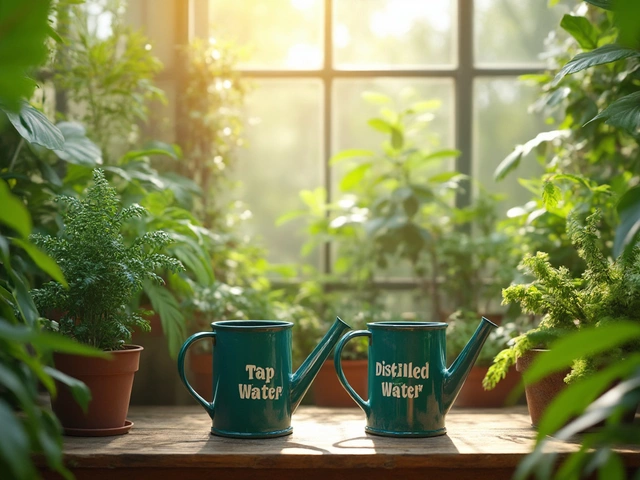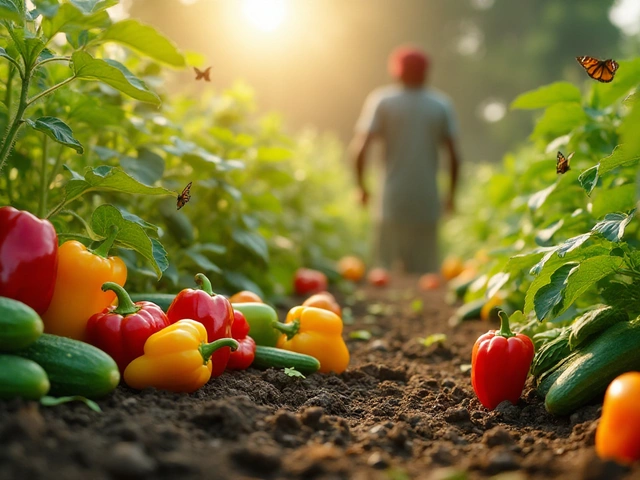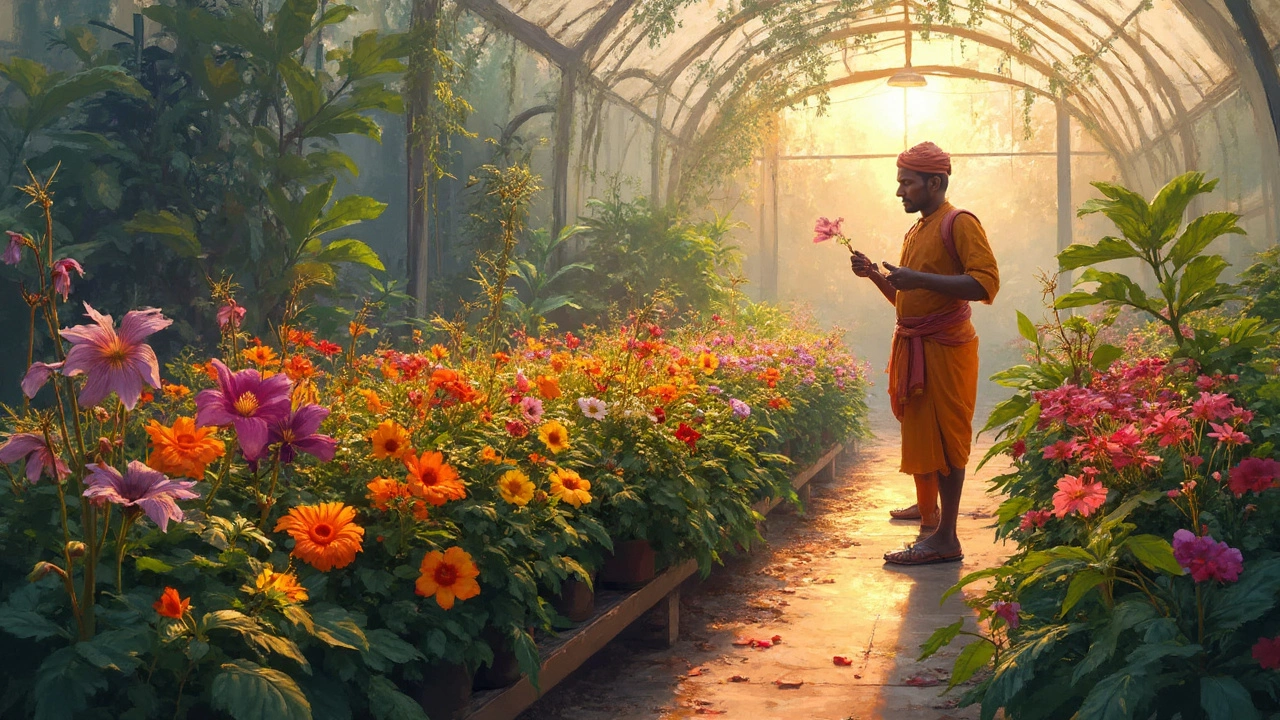Flower Tips for Indian Gardens
Looking to fill your yard or balcony with color all year? You don’t need a horticulture degree—just a few smart tips that match India’s climate. Below you’ll find the basics on when flowers burst open, which varieties bring luck, and how to keep them thriving without endless hassle.
When Do Flowers Bloom in India?
India’s climate shifts dramatically from north to south, so the blooming calendar isn’t the same everywhere. In the north, most roses, marigolds and dahlias hit their peak between October and February when the nights are cooler. Down south, tropical lilies and jasmine love the warm months of March to June. If you live on the west coast, the monsoon (July‑September) actually helps many native blossoms like hibiscus and bougainvillea spread their petals.
To plan a continuous show, pick at least one flower from each of these three windows: winter (Nov‑Feb), pre‑monsoon (Mar‑Jun), and monsoon (Jul‑Sep). That way, when one set starts to fade, another is just opening. A quick trick is to mark your garden’s “bloom chart” on a sticky note – write the flower name and the month you expect it to start. Adjust each year based on how the weather behaved.
Choosing Lucky and Beautiful Flowers
Many Indian families believe certain blooms bring good fortune. Marigold, for example, is a staple at festivals because it’s thought to attract positive energy. If you want a lucky vibe, plant a few marigold beds near your front door or patio. Another popular “lucky” flower is the lotus, but it needs a water‑filled spot or a large pot with a water base.
If beauty is your main goal, consider rare varieties like the blue poppy or the orange flame lily. These aren’t hard to find at local nurseries, and they usually need well‑drained soil and a sunny spot. Pair them with native grasses to let the flowers stand out without competing for nutrients.
Don’t forget the soil and water basics. Most Indian soils are heavy clay in the plains and sandy in the coastal zones. Adding compost or aged cow dung lightens the mix and improves drainage – a simple step that makes any flower healthier. When watering, aim for the soil’s top inch to dry before the next soak; over‑watering is the biggest mistake new gardeners make.
Lastly, a quick pest check each week saves you from bigger problems later. Spotting aphids or spider mites early lets you rinse them off with a spray of neem‑water mix. That natural approach keeps your garden safe and chemical‑free.
With these straightforward tips – timing your plantings, choosing lucky or eye‑catching varieties, and giving your soil the right boost – you’ll see a burst of colour almost all year long. Grab a notebook, sketch your garden layout, and start planting. Your neighbours will ask what you did, and you’ll have the simple answer: a little planning, the right flowers, and a handful of easy habits.
What Not to Grow in a Greenhouse: Avoid These Flower Flops
Greenhouses offer a controlled environment for growing various plants, but not all flowers thrive there. Some plants fare poorly due to temperature, humidity, or space constraints. Knowing which flowers to keep out can save time and energy. Discover which flowers are better left for outdoor gardening in Indian climates.
About
Flower Gardening
Latest Posts

Best Soil for Rice Cultivation: Secrets to Thriving Paddies
By Alden Thorne Jul 17, 2025

Is Distilled Water the Same as Tap Water for Your Indoor Plants?
By Alden Thorne Apr 15, 2025

Indian Vegetarians and Eggs: Myth, Culture & Diet
By Alden Thorne Oct 14, 2025

